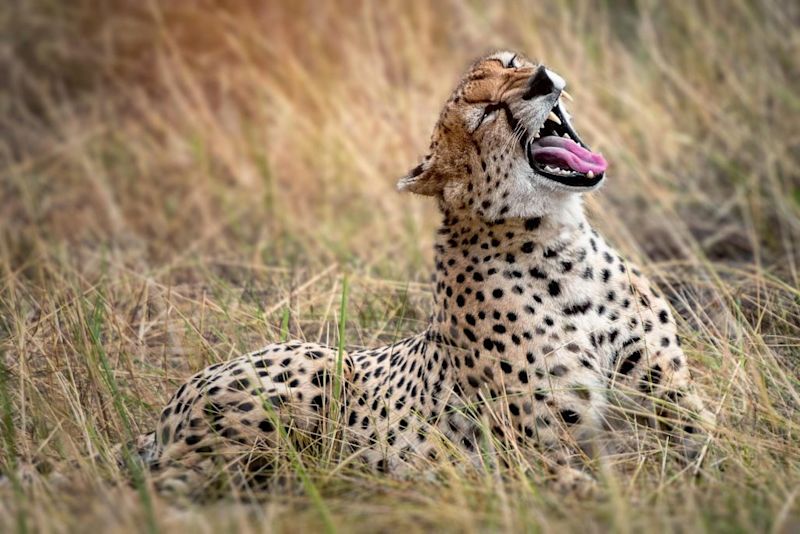
Mind-blowing facts about the Big Five of Africa
The Big Five – which is lions, leopards, rhinos, buffaloes and elephants – is a major drawcard among safari goers. We tell you how this term came about, where in Africa you can find the Big Five, and some fascinating details about each of the animals.
Which of the animals will take on a lion? Why is the hefty hippo not counted among the Big Five? Which is the hardest of the animals to spot in the wild?
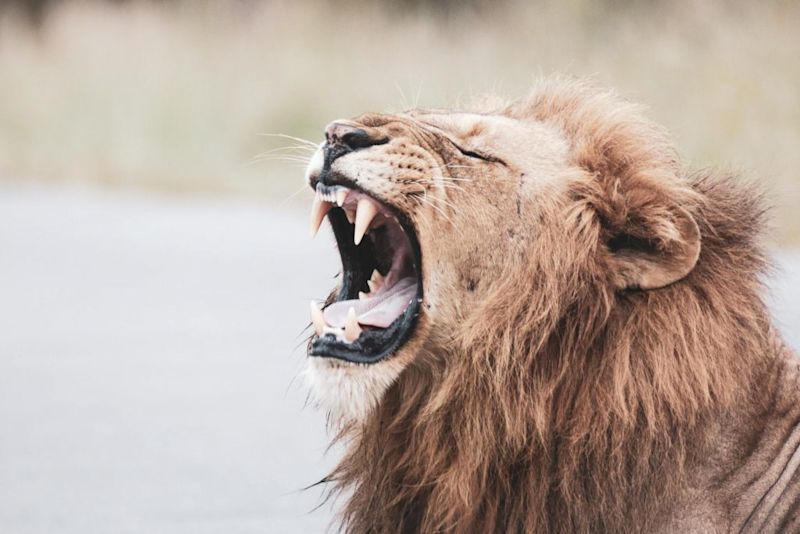
What are the Big Five?
African lion African bush elephant Black rhino African leopard Cape buffalo
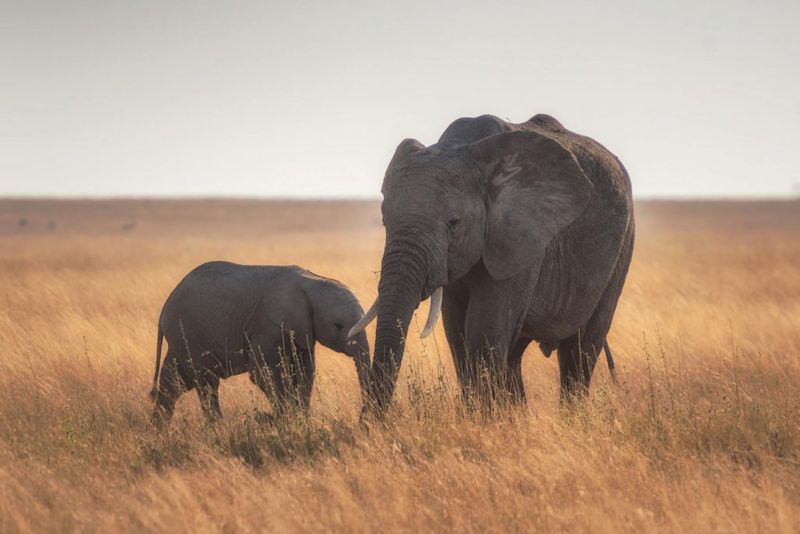
Why are they called the Big Five?
Where are the Big Five found?
What countries have the Big Five?
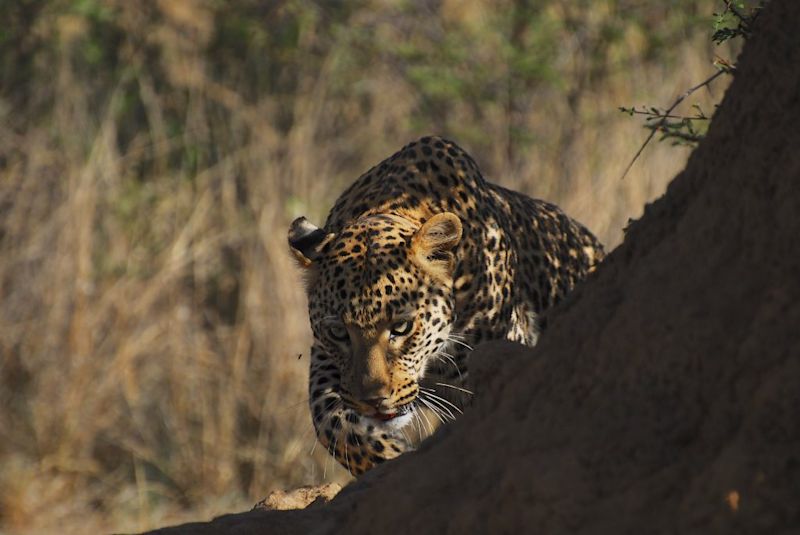
The best Big Five safari destinations
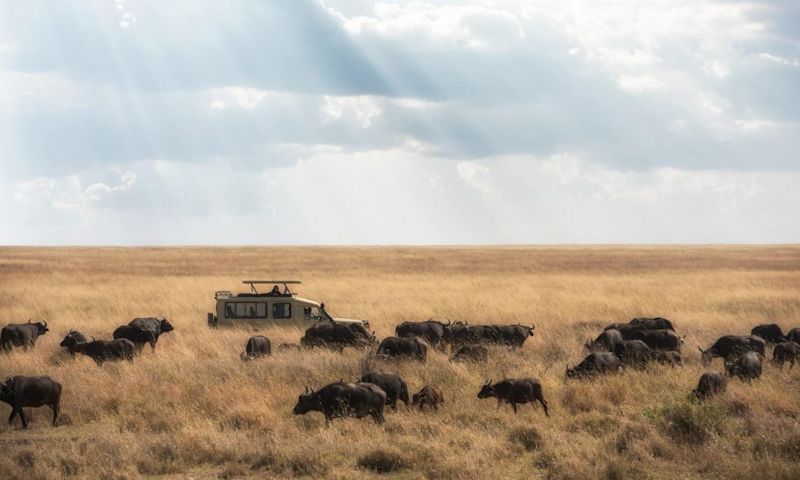
So let’s look at the Big Five ...
1. Lions
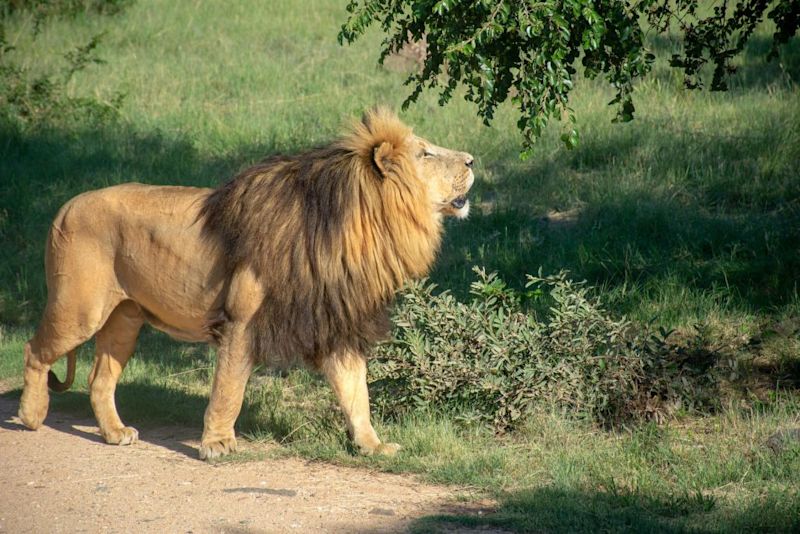
5 facts you didn't know about the lion
Lions are happy to scavenge for food, often stealing what's been killed by hyenas, wild dogs, cheetahs or leopards. They can survive for four or five days without water by absorbing the moisture in the stomachs of prey. Lionesses hunt in a semicircle, with the weaker ones on the flanks bringing the prey into the centre for the stronger ones to take down. The mane of the male lion helps to protect its neck during fights. A lion's roar can be heard from up to 8 km away. They roar to locate other members of the pride.
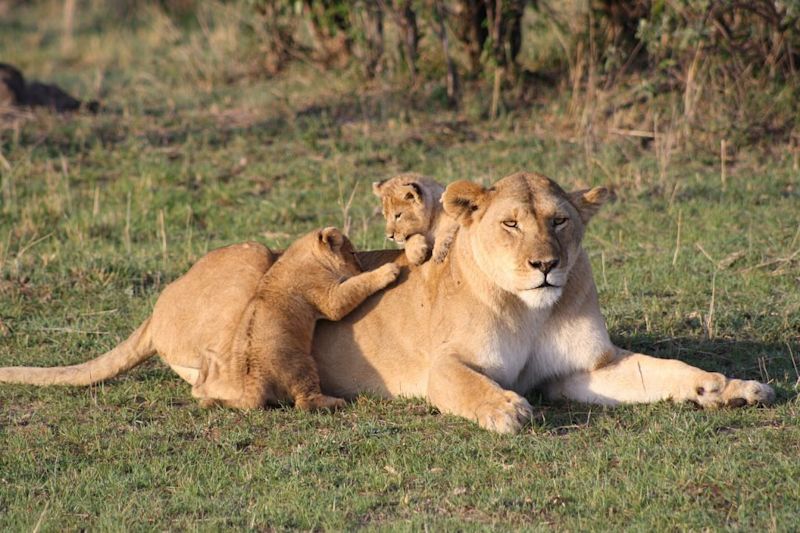
Does the lion have any predators?

Do all lions climb trees?
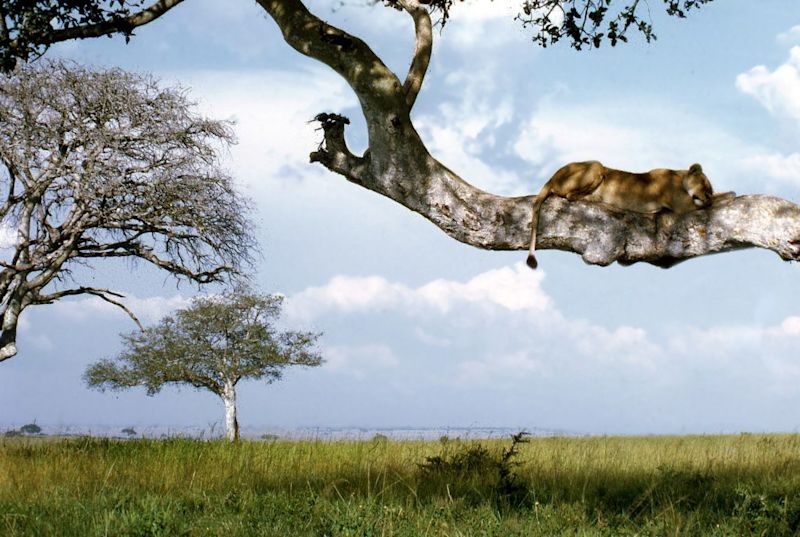
Where is the best place to see lions?
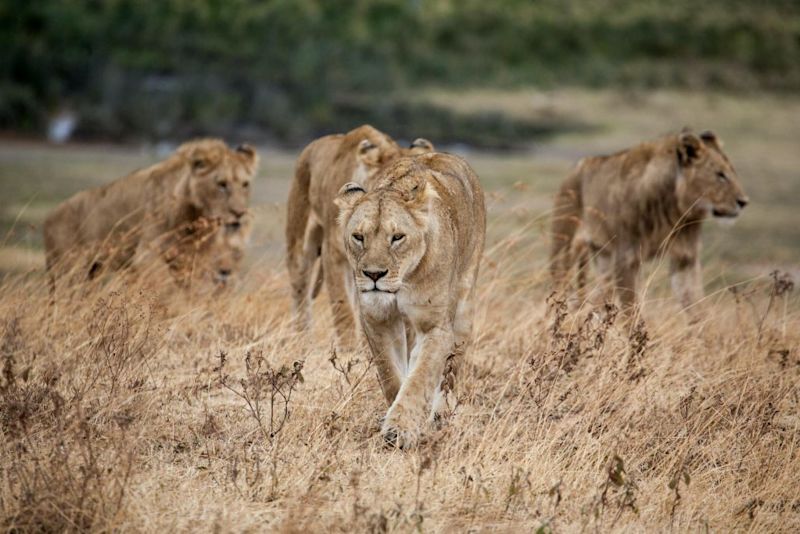
2. Elephants
Elephants are believed to be as smart as chimps and dolphins.
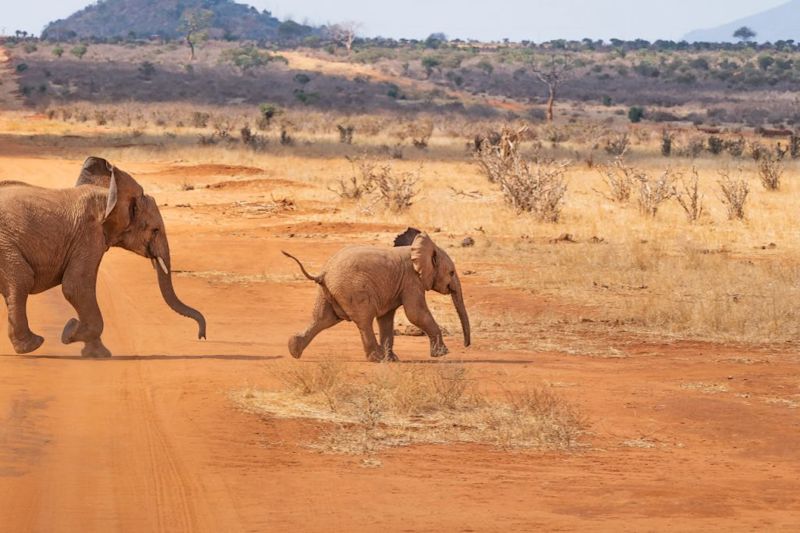
Fun facts about African bush elephants
The African bush elephant ( Loxodonta africana ) is the largest and heaviest land animal. You probably already knew that. It's larger than both the forest and Asian elephants. Their tusks start growing when they’re one to three years old, and never stop. They can live for 60 to 70 years in the wild. Adults eat about 230 kg (500 lb) of vegetation a day. Elephants are herbivores through and through. Adults other than the parents also help to look after calves. The herds are often led by matriarchs, who have wickedly good memories, which helps them to know who’s a friend and who’s an enemy. Baby elephants are the cutest. Yes, fact.
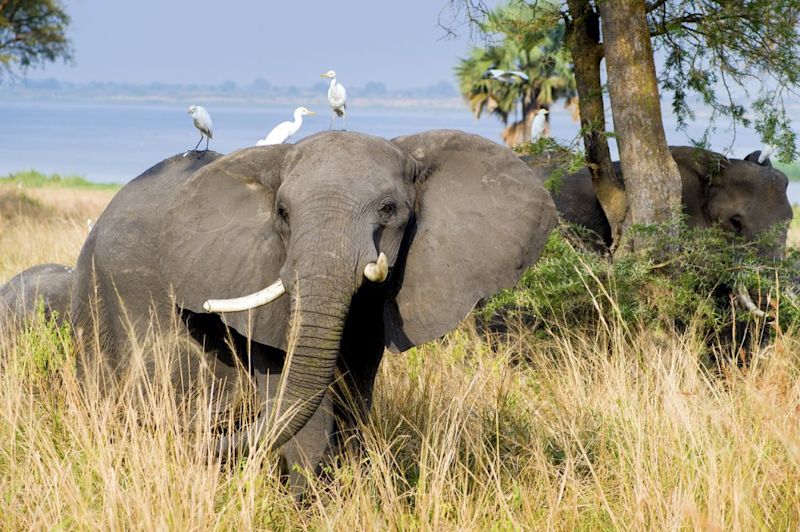
Where is the best place to see elephants?
Did you know?
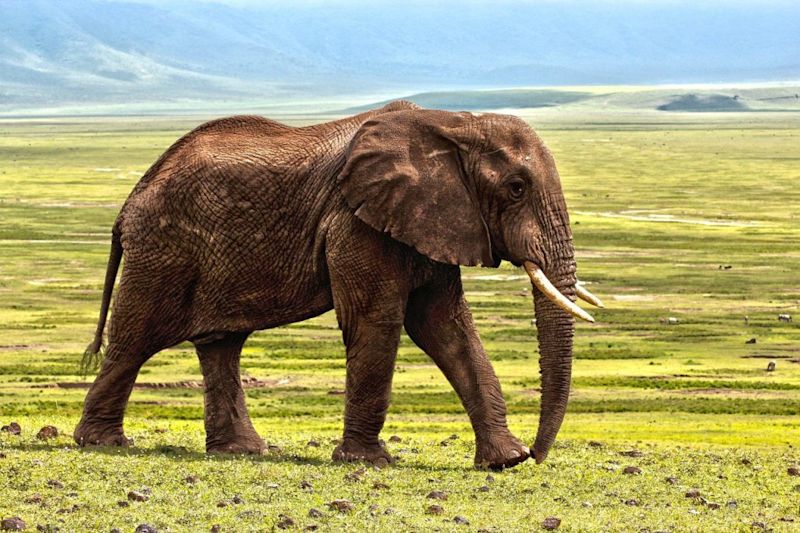
3. Rhino
Interesting rhino facts
Rhinos have pretty poor eyesight, but their hearing and sense of smell are excellent. Their horns are made of thousands of compressed strands of keratin (similar to human fingernails). It's very hardy, but can be split during fights. Rhinos literally scream if they're scared.
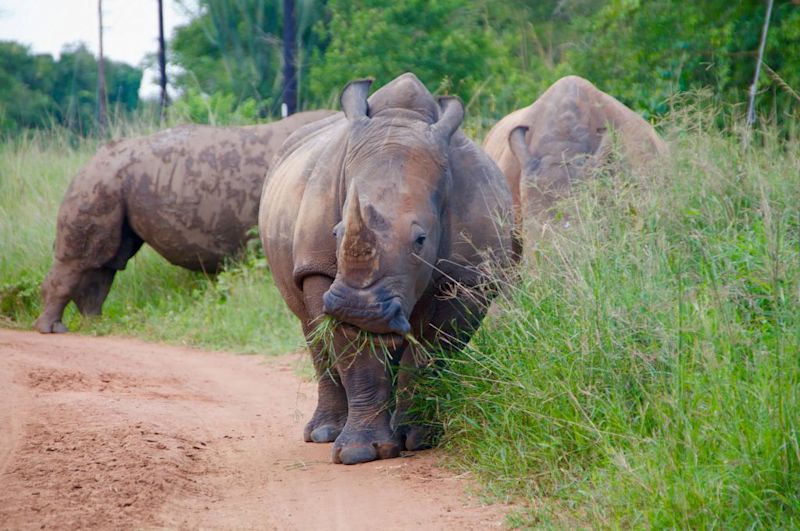
White rhinos vs black rhinos
Did you know that the black and white rhino are actually the same colour of grey??
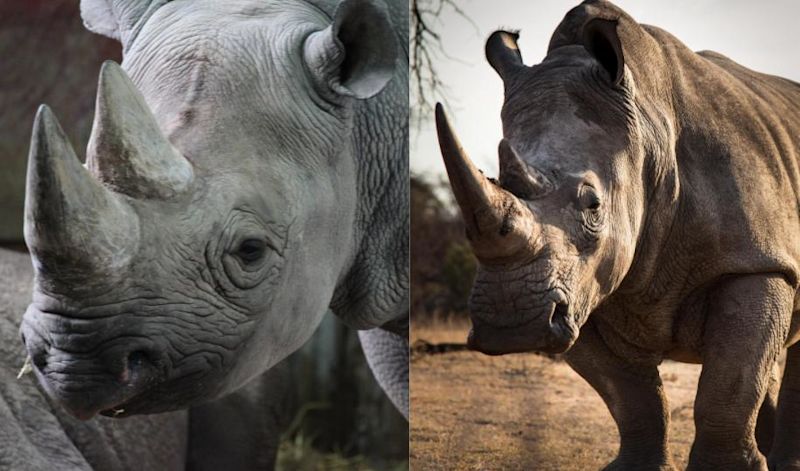
White rhinos are the bigger animal by far: adult males weigh 1,800 to 2,500 kg, while adult male black rhinos only weigh up to 1,350 kg. Black rhinos have two long horns, while white rhinos have a long horn and a shorter one.
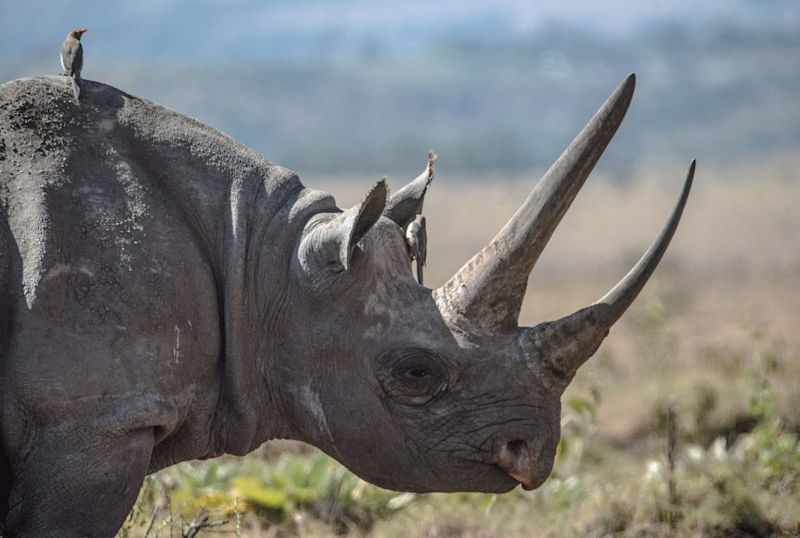
Black rhinos are more dangerous
Fun fact: baby black rhinos always run behind their mothers, while baby white rhinos run in front of their mothers!
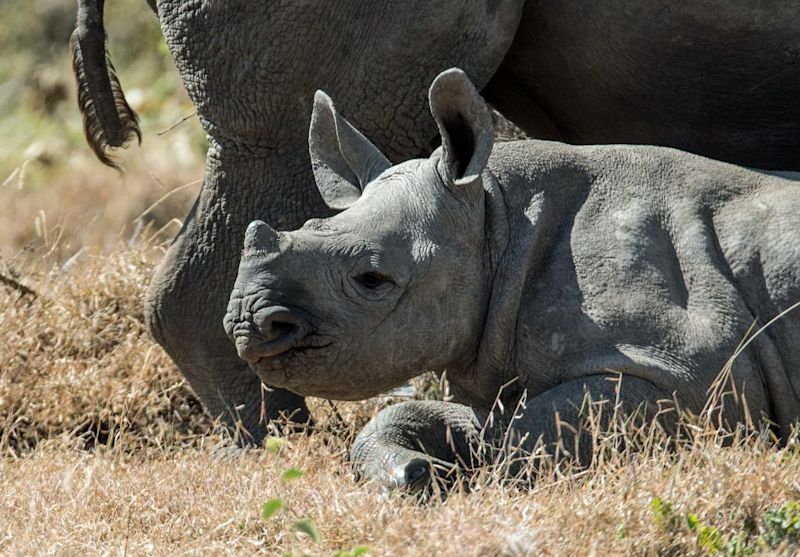
Is the rhino endangered?
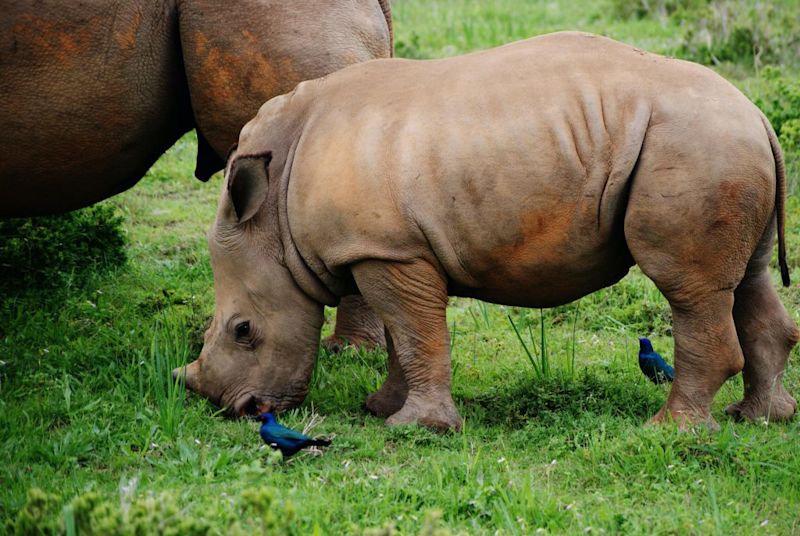
Where are the best places to see rhinos?
Countries where you can see black and white rhinos
Botswana Kenya Namibia South Africa Swaziland Zambia Zimbabwe
Malawi Tanzania
Uganda
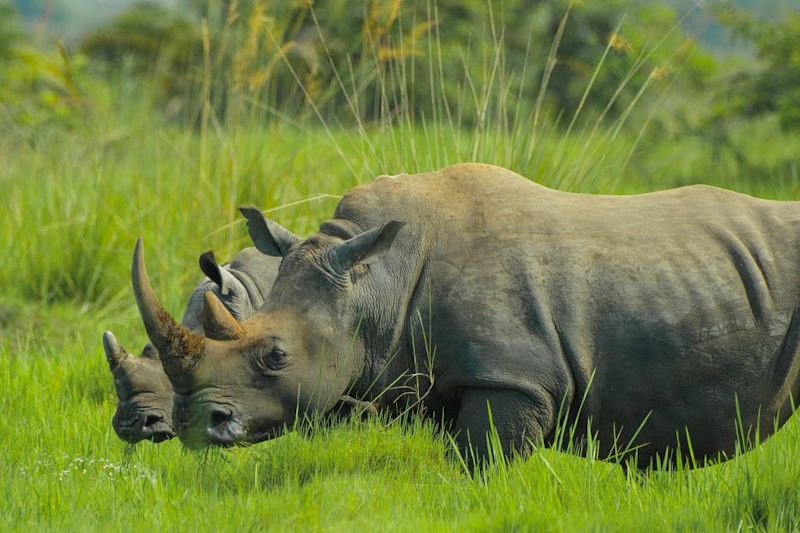
4. Leopard

5 things you didn't know about the leopard
Leopards can see seven times better at night than humans. 👀 Nighttime is when they go hunting. A group of leopards is called a leap of leopards. So poetic! The tail of a leopard is almost as long as its body. They can carry up to three times their own weight. The reason they drag their prey up into trees is to keep hyenas and lions from trying to steal it.
It's incredibly rare, but every now and then a black African leopard is born. The spots are still there, but excessive melanin makes the fur black.

Where are the best places to see leopards in the wild?
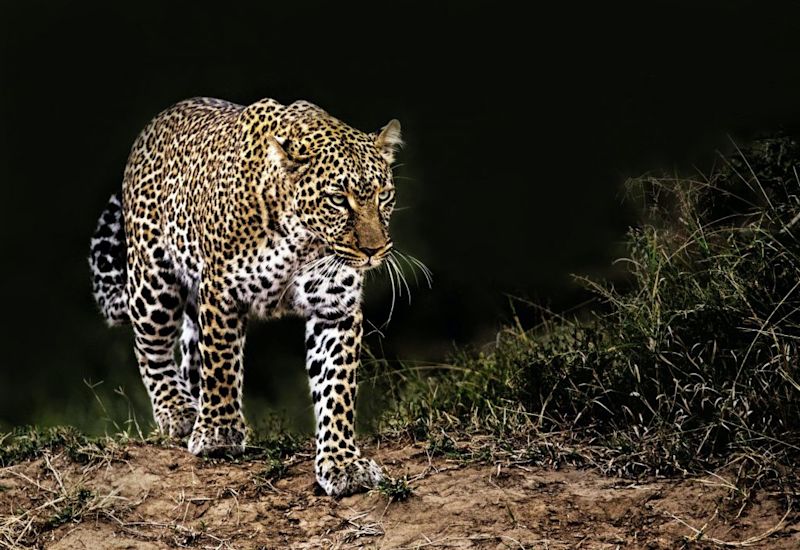
5. Cape buffalo
The Cape buffalo is considered the most dangerous of the Big Five game by hunters.

Why are there often birds on the backs of buffaloes?

Other fun facts about Cape buffaloes
The Cape buffalo is four times stronger than an ox! Cape buffaloes are so fierce that they occasionally kill lions when feeling threatened. Male buffaloes are around 100 kg heavier on average than females, and can grow to 800 kg. The Cape buffalo is the only species of the cattle and buffalo family ( Bovinae ) to naturally occur in Africa. Their hide can be two inches thick in places. A calf can stand within 10 minutes of being born.
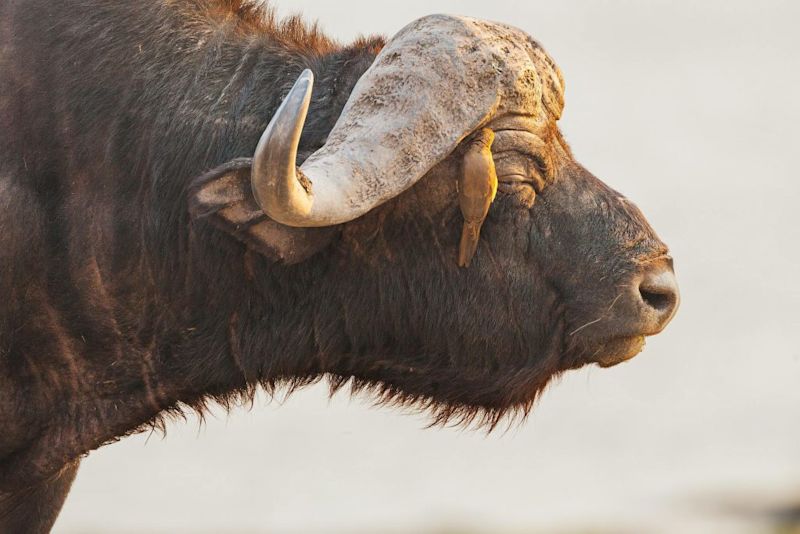
Where's the best place to see Cape buffaloes?
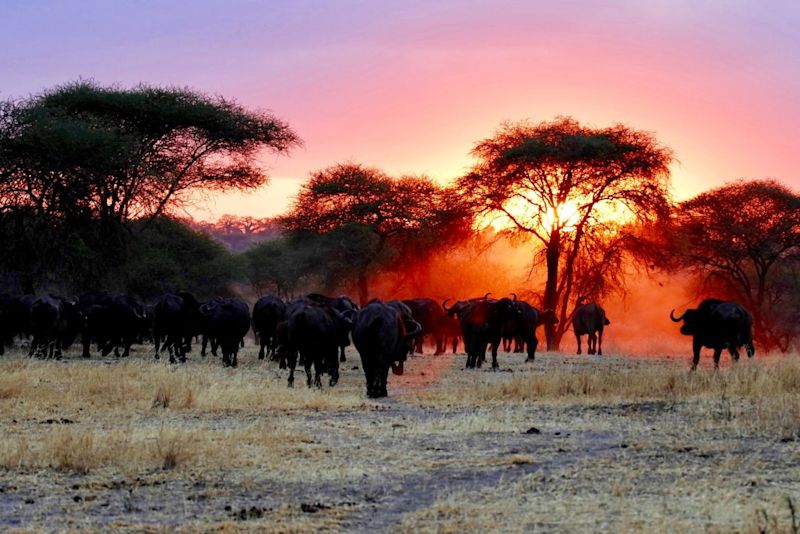
Other popular animals to see on safari
Honey badgers, servals and aardvarks are among the rarest animals to spot on safari.
